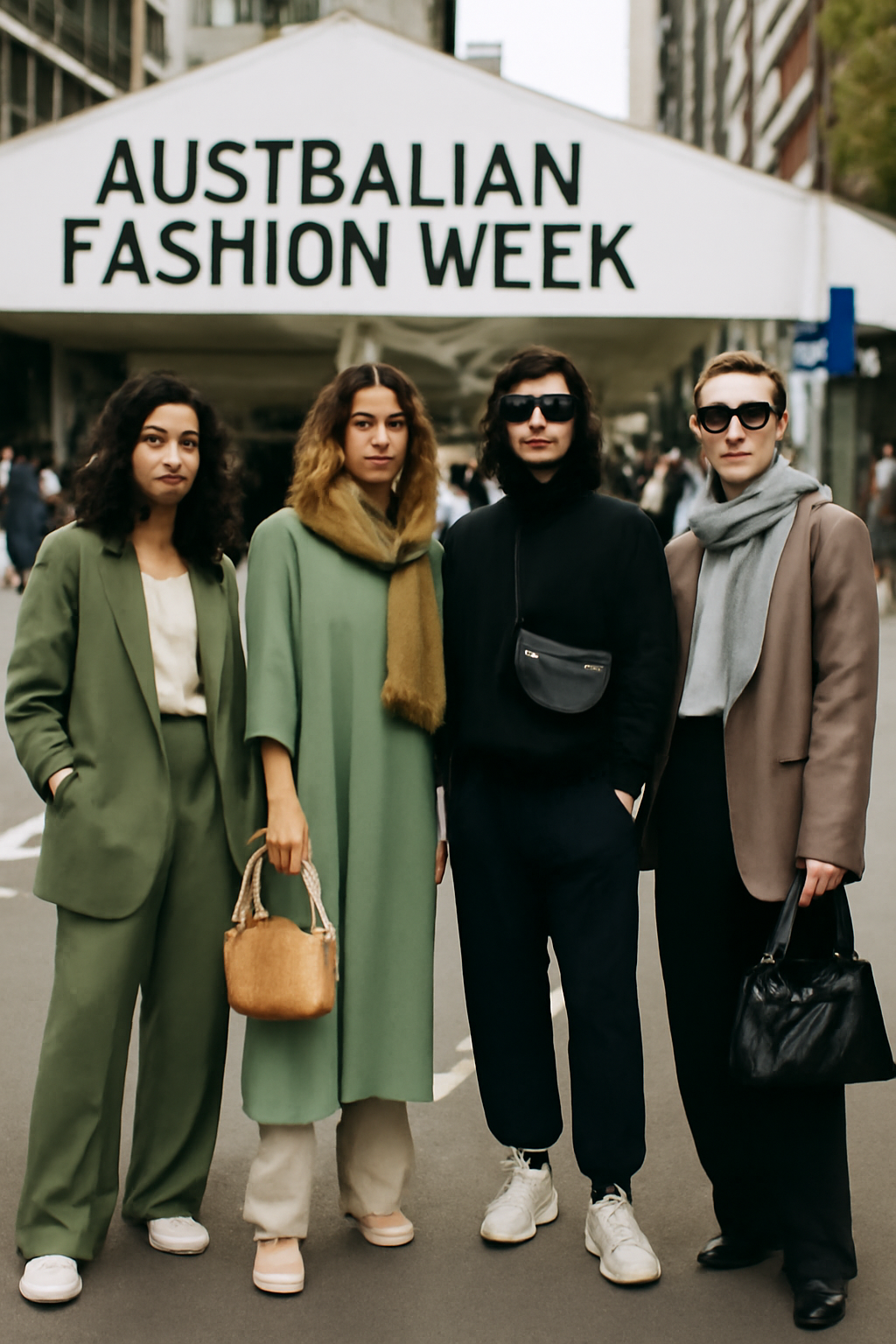Sustainable fashion in Australia begins far upstream, where fiber and fabric choices set the floor for every later decision. Cotton growers in Queensland and New South Wales are adopting better‑irrigation practices and participating in programs aimed at water stewardship and soil health. Merino producers are responding to consumer pressure with commitments to traceable, non‑mulesed wool and certifications such as the Responsible Wool Standard. Designers increasingly turn to bast fibers (hemp, linen) and to third‑party verified cellulosics that avoid old‑growth forests and harsh chemistry.
Once fibers are spun and woven, the real test is chemical and water management. Australian brands sourcing offshore are tightening restricted‑substance lists and requesting wastewater data from mills. Certifications like OEKO‑TEX STeP and Bluesign help benchmark mill performance. Onshore manufacturing, when feasible, can shorten lead times and improve oversight; Ethical Clothing Australia accreditation verifies legal wages and conditions across Australian‑based supply chains, addressing the social dimension that often gets sidelined in eco discussions.
Transportation and logistics matter more than many assume. Consolidated shipments, modal shifts to sea over air, and better cartonization bring measurable cuts in emissions. Some labels are adopting recycled or curbside‑recyclable packaging and trialling returnable mailers for e‑commerce. At the pattern table, zero‑waste cutting and modular design reduce off‑cut waste, while RFID tags or QR‑coded care labels feed customers details about fiber origin, factories, and recommended aftercare.
End‑of‑life planning has moved from a nice‑to‑have to a design brief. Brands experiment with mono‑material garments for easier recycling, sew‑in repair panels, and spare buttons and thread. National product stewardship work—developed with industry bodies—aims to fund collection and sorting infrastructure so textiles avoid landfill. Local recyclers are scaling processes to separate poly‑cotton blends and turn them into feedstocks for new fabrics or packaging.
Verification remains a sticking point. Consumers want plain‑English impact claims, not vague promises. Australian regulators have increased scrutiny of environmental marketing, prompting labels to publish methodologies, time‑bound targets, and third‑party evidence. This has raised the overall quality of sustainability reporting and made greenwashing riskier.
The result is a steadily professionalizing supply chain. While there is no single silver bullet, Australia’s approach—pairing better fibers with chemical oversight, transparent labour practices, thoughtful logistics, and planned recovery—adds up. The more brands treat sustainability as an operating system rather than a marketing campaign, the faster those incremental upgrades compound into real‑world impact.



